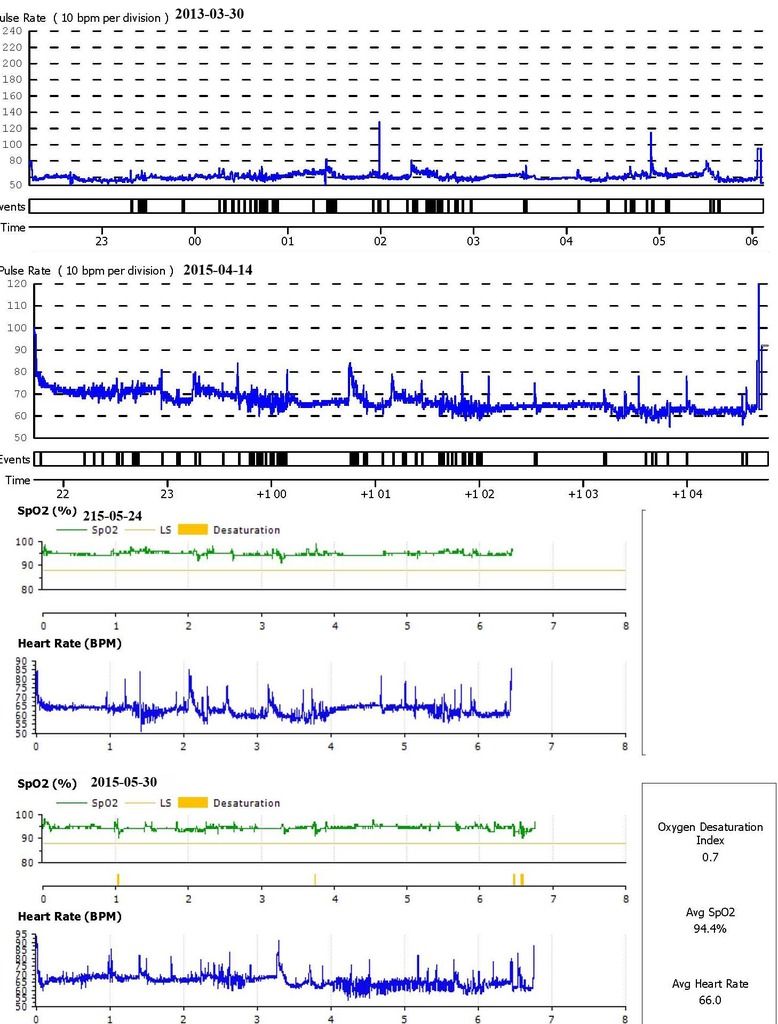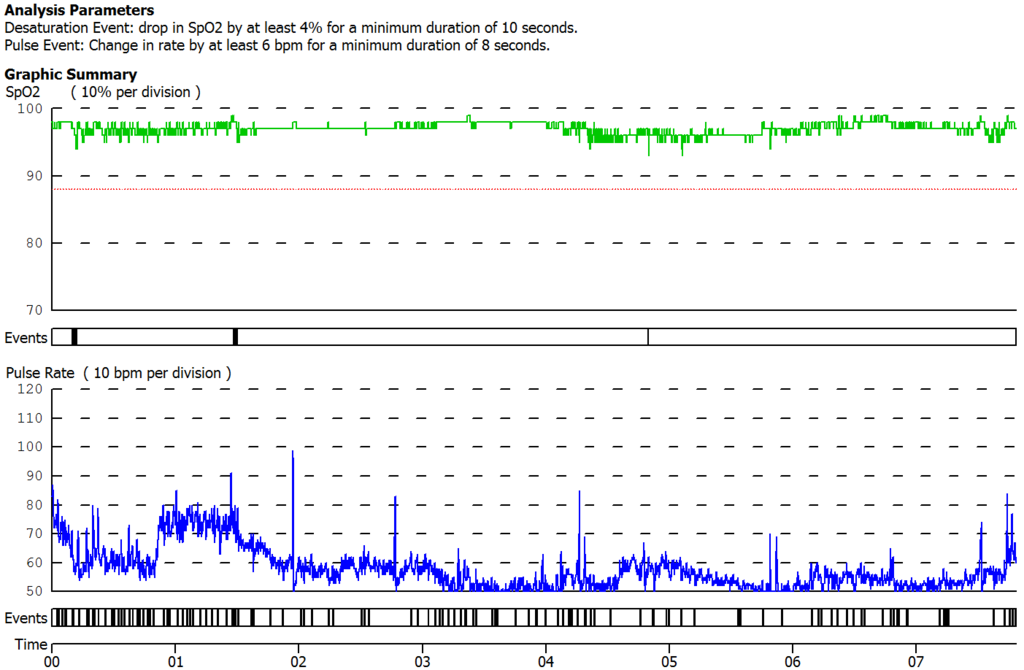The tall, thin spikes are almost certainly artifacts of finger movement.
The other stuff may be normal for you or not.
For example, here is a set of heart rate graphs for me over time:

On the March 30th graph, you can see a couple of those finger spikes. I looked at the raw data for those and what I saw was a dropt to zero, then the spike, then another drop to zero, and finally a return to good data. That is a pattern that happens when the oximeter loses signal - your finger moved, etc.
Now let's look at April 14th a year later.
Still some finger spikes but now we see real variability and some spikes that have a tapering off in the graph that follows.
The one of interest is at +1 01 on the graph. That's likely to be an arousal followed by falling back to a deeper stage of sleep. The mess at +1 00 on the graph is actual heart rate variability - didn't know the cause then.
On May 24th another year later, after I switched to a medical grade oximeter, we see only one of the finger spikes during the night at about 1:20 AM and another as I was taking everything off and getting up.
Same pattern for the 30th but no finger spikes except for that trailing one as I'm getting up.
Lots and lots of variability and real spikes distributed throughout the night.
My speculation is that the spikey stuff is a result of an endocrine condition that secretes periodically and the variability stuff is actual heart rate variability in my case, PACs.
I had a stress echo last fall in which they induced a heart rate of 120 BPM to check on what my heart was doing. The EKG report showed a gradual increase of rate from resting of about 65 BPM to a max of 123 BPM during the test.
However, I was also wearing my cms50f oximeter for the whole test and that same period showed a heart rate going from resting at about 65 BPM to a max of 153 BPM. On the report, it was noted "Frequent PACs". Their measure was from taped on electrodes and measured the heart directly. Mine was from the finger tip and measured indirectly from variation in blood density (when your heart beats, the volume of the capillaries increases and the fingertip device see an increase in blood density - more or less how it works.)
So, to concur with earlier posts, the finger spikey things are most likely just your hand moving and the sensor-oximeter loses track for a few seconds.
BTW, the sampling interval for the CMS50F devices is once per second.




